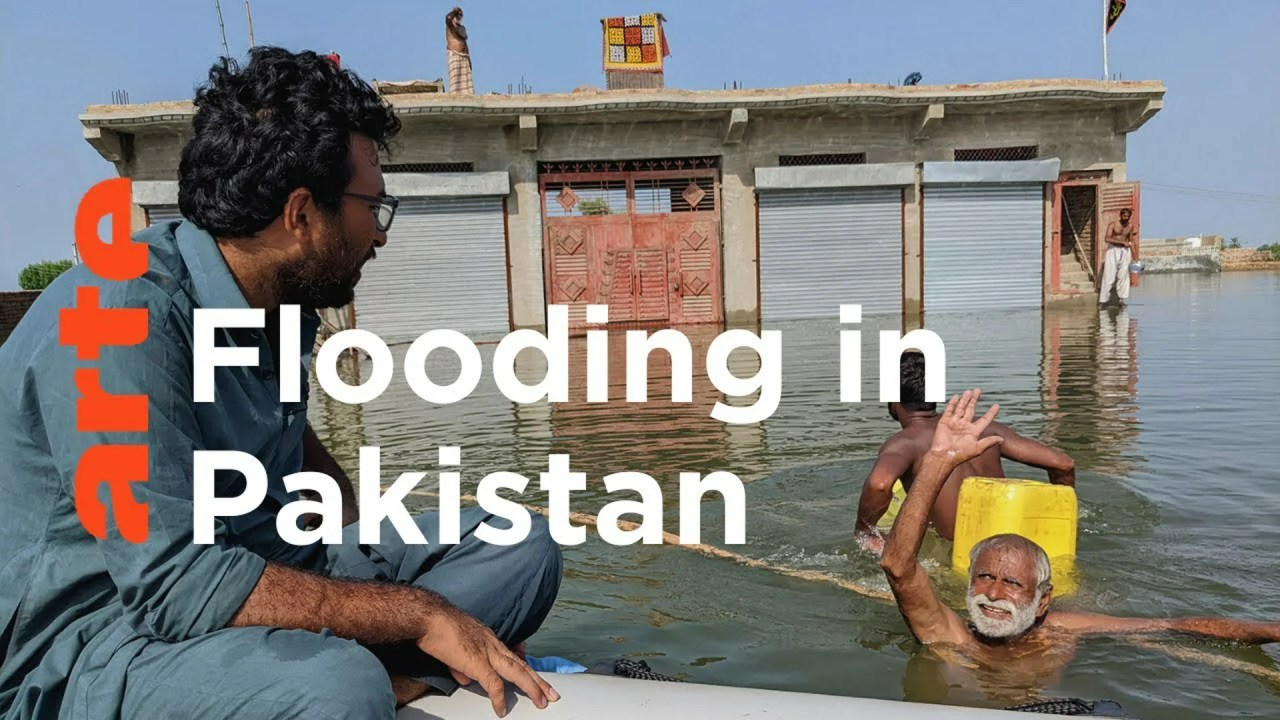Pakistan is facing an unprecedented natural disaster due to unusually heavy monsoon rains; the damage done so far has been catastrophic and devastating. To date, more than 728 people have lost their lives, 31,000 homes have been destroyed, 500,000 livestock have drowned and 32 million people have been displaced. These impacted areas within the country are in need of humanitarian aid in order to recover from the destruction that has been caused.
As the situation worsens with no signs of abating, news outlets around the world are starting to pay attention to what’s happening in Pakistan. In response, a documentary film called ‘Pakistan: A Storm of Troubles’ is set to be released soon. This film will shed light on the current state of affairs within Pakistan and provide viewers with a glimpse into how deeply affected its people are by this crisis.
The flooding caused by this monsoon season has now become one of the worst disasters in Pakistan’s history, surpassing even that of 2010 when 1,200 people were killed and 20 million were displaced. The government is doing their best to provide support for those affected but they are facing immense challenges due to limited resources and infrastructure issues. Nine districts were declared natural disaster zones as authorities managed the rising water levels along rivers like Jhelum and Chenab.
The effects of this flooding are far reaching; roads have been cut off; bridges have collapsed; villages submerged underwater and crops damaged or destroyed leaving farmers without any source of income. While some areas remain isolated without access to food supplies or medical aid, there are still families who remain stranded on rooftops waiting for rescue operations launched by the government or non-governmental organizations (NGOs).
In order to gain a deeper understanding regarding this issue and its impact on Pakistani citizens it is highly recommended that viewers watch ‘Pakistan: A Storm of Troubles’. The film features interviews with survivors as well as first responders providing insight into how they manage these unimaginable conditions every day whilst striving towards recovery from such great tragedy. By watching this film we can gain valuable insight into what steps must be taken in order for this region to return back to normalcy.



